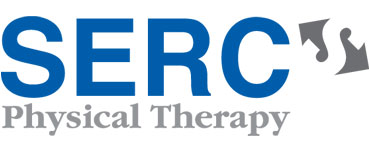Learn more about TMJ (TMD)
Temporomandibular joint disorder (TMD) refers to a painful dysfunction of your temporomandibular joint (TMJ). Responsible for opening and closing your jaw, the TMJ consists of the upper temporal bone connected to your skull and the mandible, or lower jawbone.
Symptoms of TMD
- Pain/inflammation around the temporomandibular joint
- Headaches
- Limited range of motion or locking of the jaw
- Stiffness of the jaw muscles
- Pain that radiates into the face and neck
- Popping or clicking noise when opening or closing mouth
Causes of TMJ Pain
The exact cause of temporomandibular pain is often unknown. However, several contributing factors could include:
- Occlusal abnormalities (upper and lower teeth touching)
- Orthodontic treatments
- Poor health and nutrition
- Inflammation, arthritis, trauma to the joint
- Joint laxity
- Muscle tightness or trigger points
- Cervical or thoracic pain
- Psychosocial factors such as chronic stress, anxiety, depression or pain
How We Treat TMD
A physical therapist will complete a comprehensive evaluation and will create a customized program to address your needs. Treatment may include:
- Flexibility and postural strengthening
- Relaxation and self-management techniques
- Skilled mobilization
- Therapeutic use of ice/heat, ultrasound, iontophoresis and electrical stimulation
*Services are not available at all locations. Call or click the location page near you for that center’s services.
What to Expect
Every patient has a unique health history, diagnosis and personal goals. When you come for your first appointment, we will create a personalized treatment plan for you.
We work with most major insurance providers and do our best to help keep the paperwork pain-free. If you’d like to confirm your insurance coverage, please let us know and we can verify when you schedule. If your insurance provider requires a co-pay, we will ask for this payment at each visit. We accept payments by cash, check or credit card.
When to Arrive
On average, a patient’s first visit lasts about an hour. We typically ask patients to arrive 15 minutes early to sign-in, complete paperwork and/or change clothes.
What to Bring
On your first visit, you’ll need to bring your physician referral or prescription (if needed), your insurance card, your primary registration forms, your ID or driver’s license and your co-payment (as applicable). If desired, you may bring a change of clothing.
How it Works
During your first visit, your physical therapist will do an initial evaluation and discuss your plan of care. The therapist uses this information to set goals for your continued treatment. Physical therapy goals may include improved movement, strength, endurance and flexibility, as well as decreased pain. Your subsequent visits will focus on treatment that is based on your diagnosis and individualized goals.

